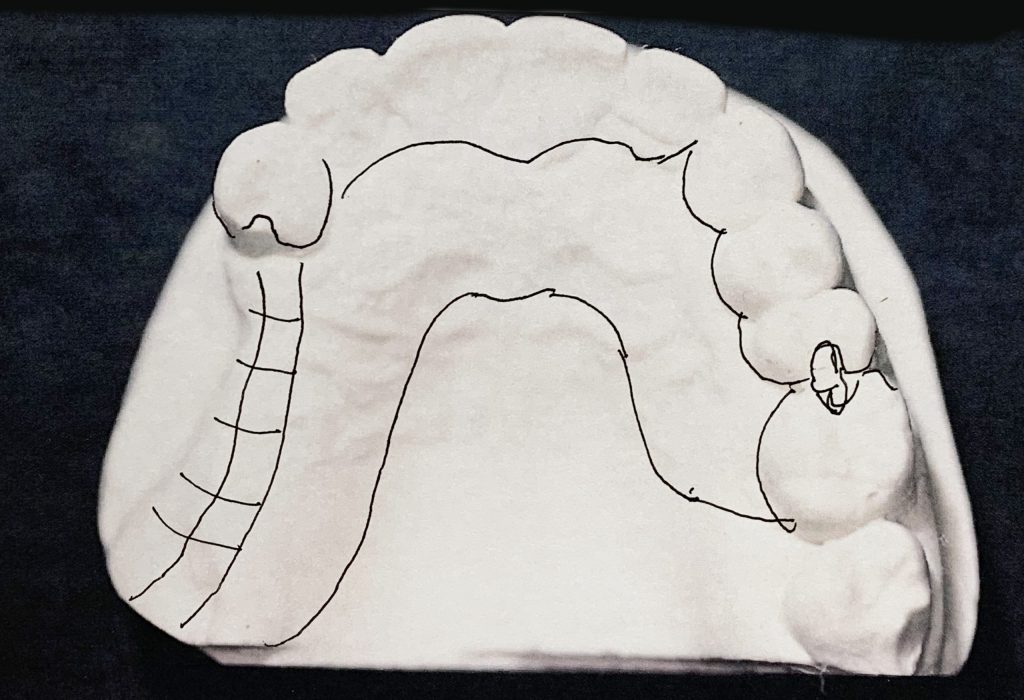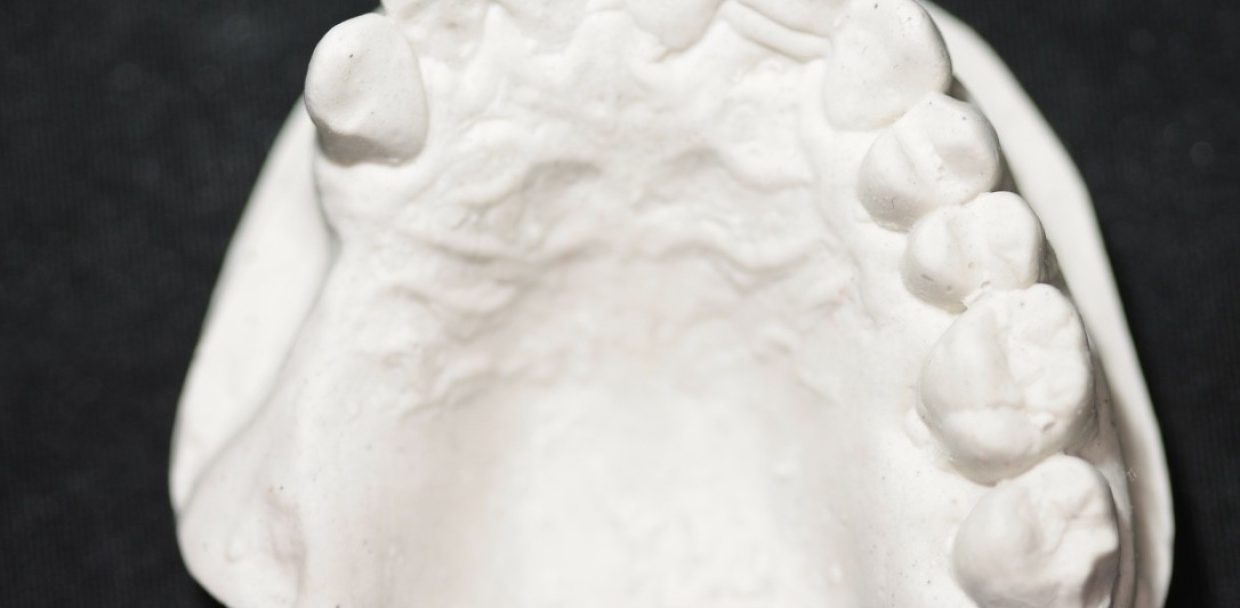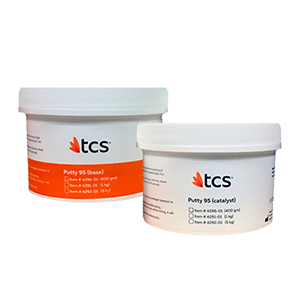Following the Kennedy method, we will evaluate a case to determine the type of partial denture, design, and functionality that best suits the case.
General
Significant displacement differences should be considered when designing a partial denture that is supported by teeth and soft tissue. E.g. Kennedy Class I situations – Distal extension cases:
- Healthy teeth – displaced ~ 0.2 mm
- Soft tissue – displaced ~ 1.0 mm or more
To prevent displacement of partials, away from oral tissue and rotational movements, retention is obtained by direct and indirect retainers. Optimum support of distal extension denture base is necessary as well as the use of flexible direct retention to prevent torquing forces transmitted to the abutment teeth. Additionally, the equitable distribution of occlusal forces preserves the remaining teeth.
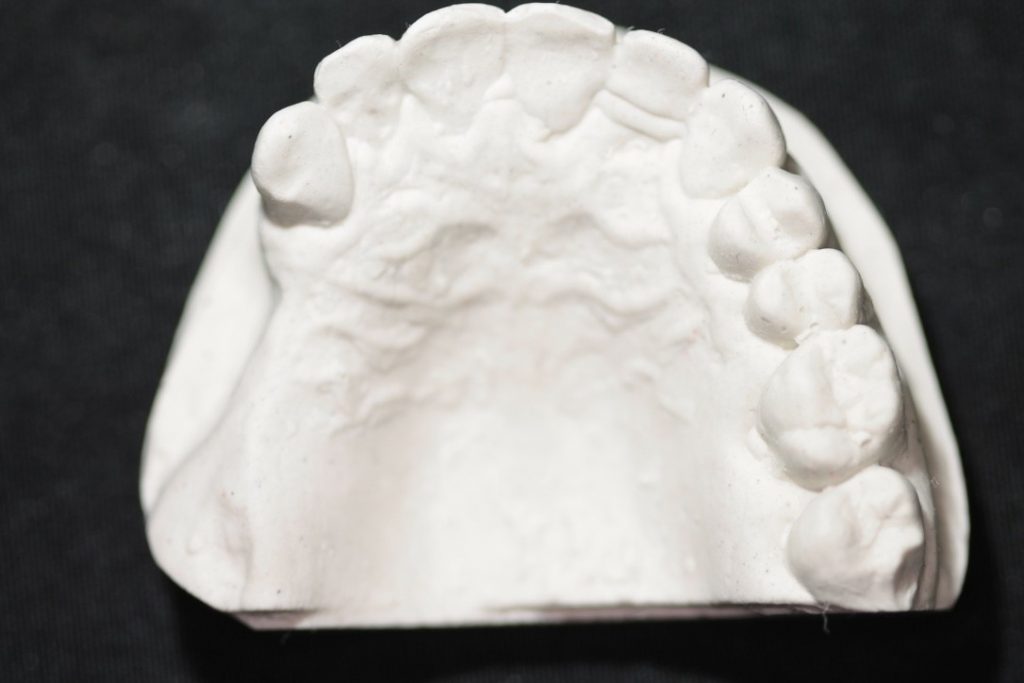
This case serves as an example of a Kennedy Class II
Kennedy Class II has features of both, Class I for the tooth-tissue-supported side and class III for the tooth-supported side.
- Properly designed direct retention is needed. Three clasps (two must be stress relieve clasps) positioned in a tripodal configuration.
- Appropriately positioned indirect retention is also needed.
- A well-adapted denture base is necessary.
Prescription options for case #2
TCS Flexible Partial – Note how in this case there is no room on the distal part of the last molar to incorporate a TCS clasp and to keep the appliance in perfect balance. If a flexible Partial is desired an 18 gauge wire may be incorporated (as pictured below) and a longer horseshoe should be considered to provide more stability. Otherwise, a TCS/Metal Combo will be the ideal choice for this case.

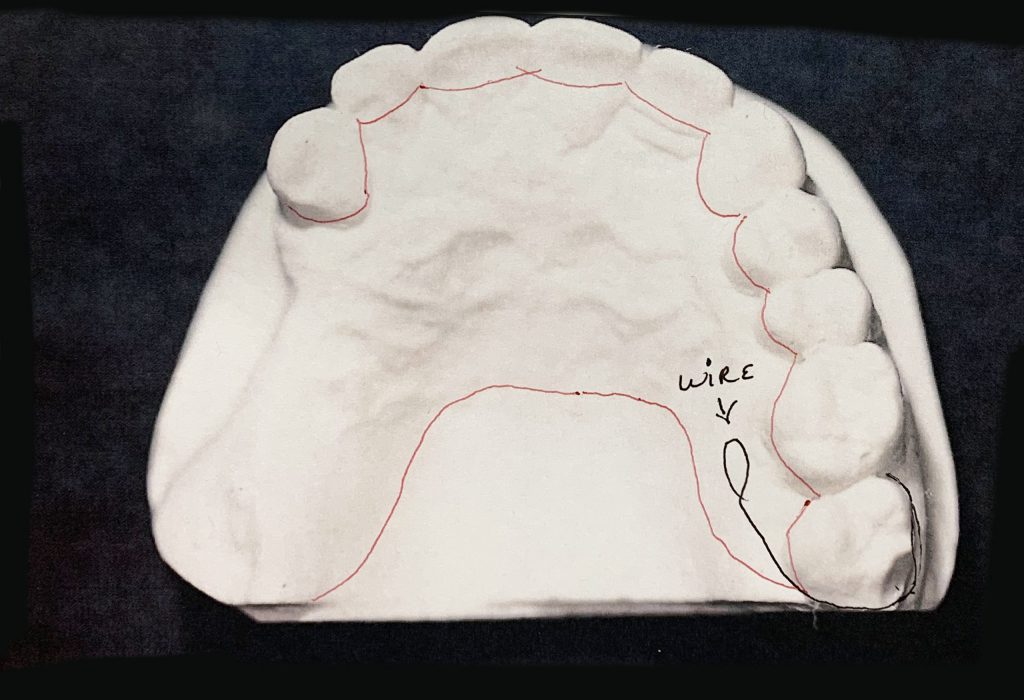
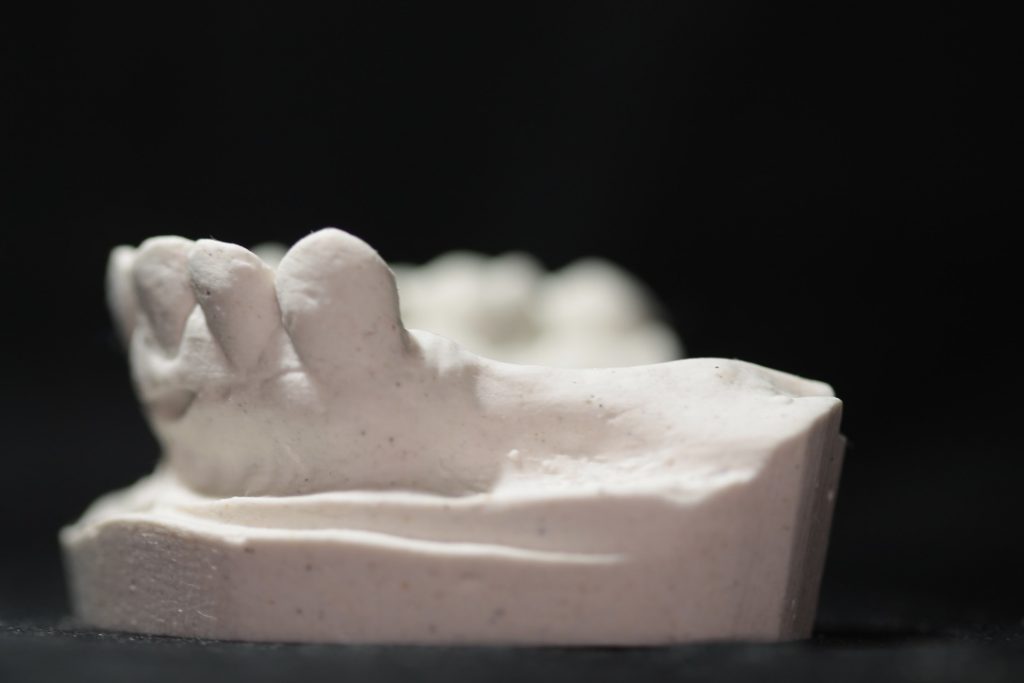
TCS/Metal Combo Partial – Due to the free end saddle, the flexible design would require more palatal coverage as opposed to a metal palate, which can be designed with much less palatal coverage. The TCS/Metal Combo would be the ideal choice to provide the ideal balance on the free-end saddle with relation to the opposite side.
There is no real advantage to prescribe an acrylic/metal partial for this case unless there will be a reline in the near future.

